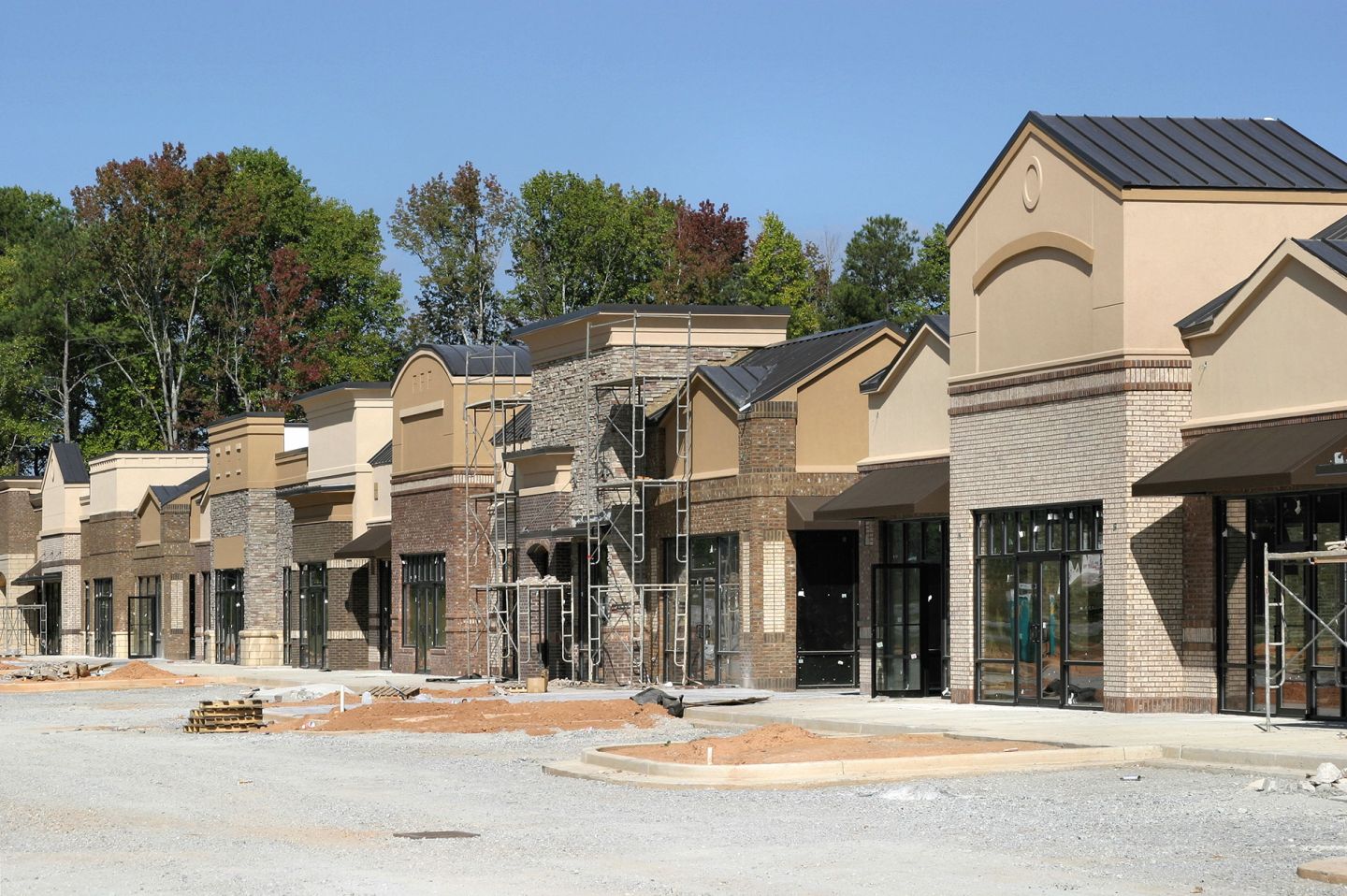One of the most difficult management challenges facing franchisors is defining franchise territories in a way that minimizes cannibalization, but doesn’t leave the market underserved. Franchisors who do this well set their franchisees up for success.
So how should a franchisor determine franchise territories?
Strategic franchisors make objective, data-driven decisions when it comes to franchise territory determination, rather than basing it on guesswork.
Franchise territories should be granted only after a data-driven analysis has been conducted to make sure that the franchisees don’t eat into each other’s profits – because it’s simply too risky to assume that franchisees will pull business solely from within their designated trade areas.
But It’s Not Just About Territories
Beyond combating cannibalization and managing territories, franchisors must know who and where their customers are so they can optimize their store presence in each market and not face the dangers of underserving a particular market.
Brand ownership needs to have an analytic solution based on customer data that’s designed to identify and understand not only today’s customers, but tomorrow’s as well.
Because at the end of the day, customers are the life-blood of every franchise concept.
Franchisors who truly know their customers’ lifestyles and behavior patterns have a distinct advantage over those who don’t. These franchisors will be able to support their franchisees with customer insights that will ultimately help the location operate better.
The Bottom Line
The retailers and restaurants that have embraced customer analytic solutions are thriving in this competitive market. The power of customer analytics and its application to franchise territory planning can help you optimize your brand’s reach.
Find out how Buxton’s Franchise Growth Solution can help you identify the optimal number of franchise territories you can sell in each market to accelerate your growth and help take your brand to new heights.


